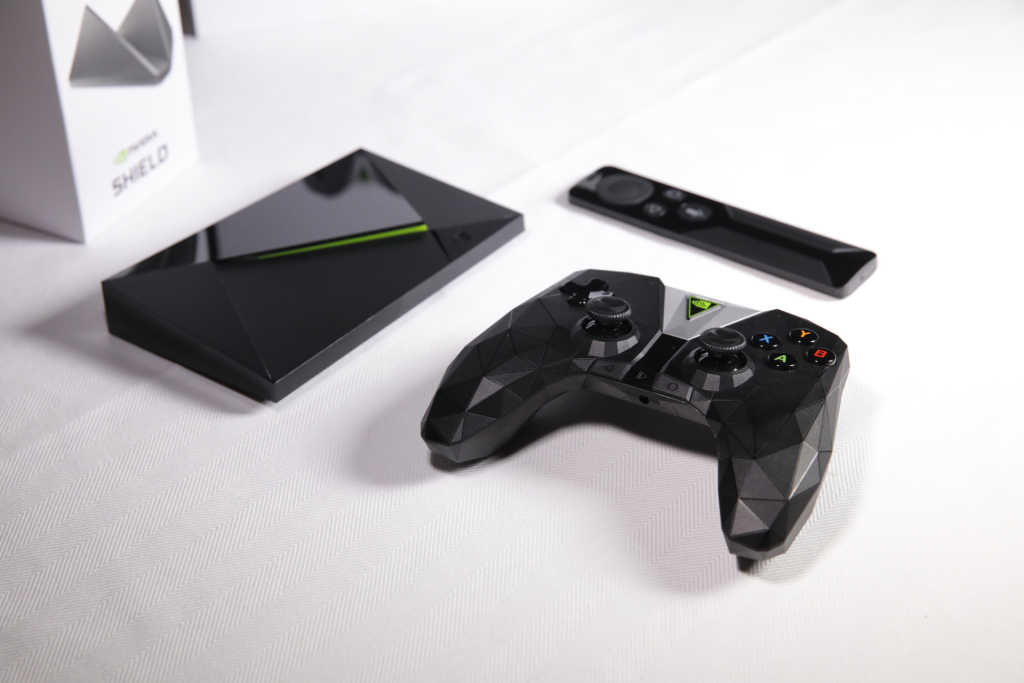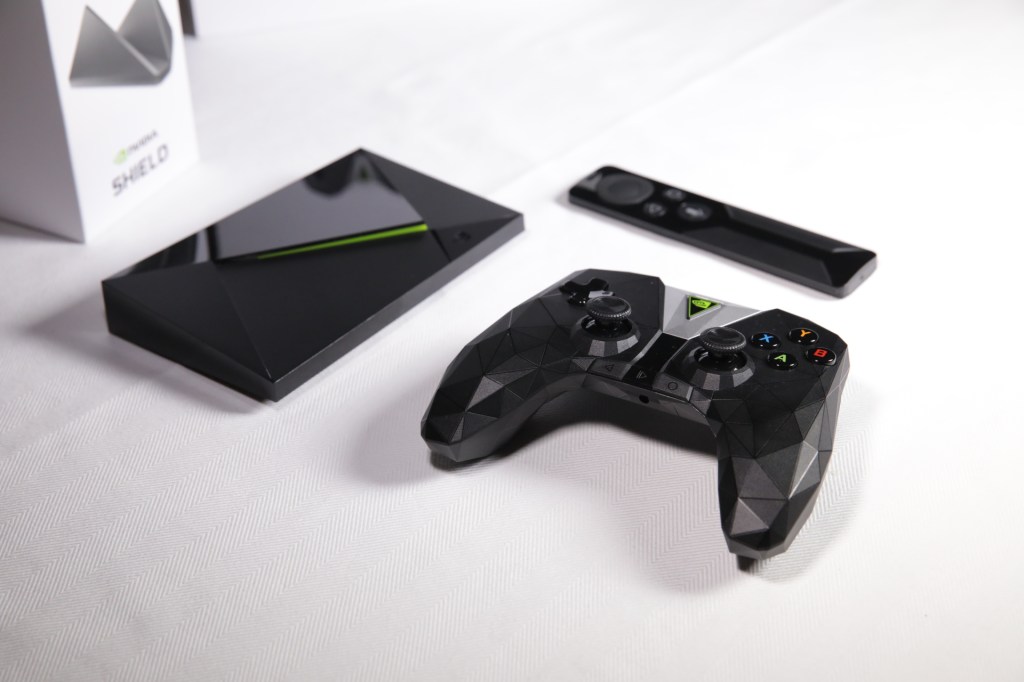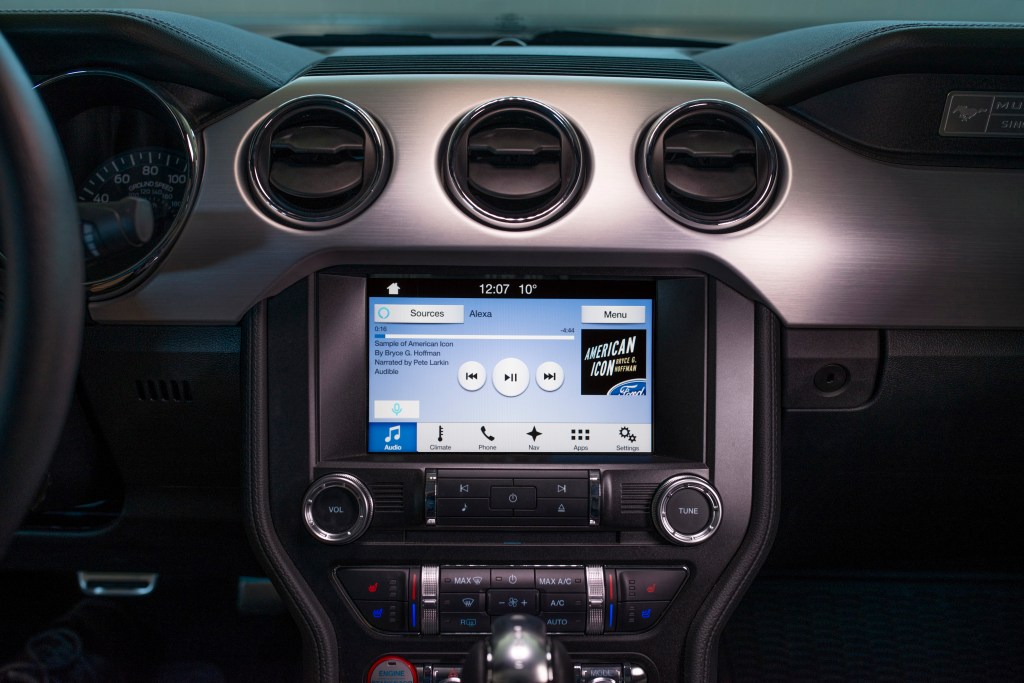
This year’s CES displayed a pretty broad mix in terms of production areas, with plenty of representation for categories ranging from wearables, to health, to VR and beyond – but the clear winners were two companies, and both succeeded primarily through partnerships than by direct demonstration of their own consumer products.
How Nvidia won
Of the two, Nvidia had a much more direct presence; the GPU-maker’s CEO Jen-Tsun Huang had the opening keynote, and packed a lot of news into the three-part presentation. Nvidia also had its own showfloor presences, including a self-driving car demonstration featuring BB8, its own test car, and an Audi Q7 equipped with the same software and hardware that could also drive itself, with no human behind the wheel.
Nvidia’s core business has become the core business of virtually every other tech company of size and significance; AI is one of, if not the primary area of interest and investment at Google, Facebook, Apple and others, and Nvidia’s GPUs make it possible to create the neural nets and server systems that back machine learning, image recognition and other technologies under the broad AI umbrella.
Meanwhile, Nvidia’s consumer business is also making some big leaps. The new Shield TV looks great, for instance, with Google Assistant features coming later this year that could help it reach its goal of becoming the only living room entertainment and smart home device you ever need.

Likewise Nvidia’s streaming service, which also takes advantage of its dramatic progress in GPU tech to provide better-than-console quality game streaming remotely to devices like underpowered PCs and Macs that would not normally be able to offer high-level gaming experiences. Both this and the Shield line-of-business are still modest by comparison to Nvidia’s ability to benefit from the general trend towards AI everywhere, and autonomous vehicles, but it’s a tidy hedge with a good amount of potential to have in the pocket. Plus, Nvidia is a power player in VR, another trend at CES that, while it’s still more of a slow burn, had plenty of floor space and attention.
How Amazon won
Retail giant Amazon was also just about EVERYWHERE at CES without having much in the way of official presence. The company’s Alexa virtual assistant basically turned up wherever it made the slightest amount of sense – and even in some places it definitely didn’t.
Alexa’s presence was mostly welcome, however. A fridge is a perfect place for the virtual assistant, for instance, since it’s already basically a calendar, shopping and to-do list, just without the magnets. And Ford’s in-car Alexa integration with SYNC 3 is a genius move, and one that could help the automaker get an early lead when it comes to anticipating the next wave of in-car experiences, which are very likely to focus on virtual, voice-powered assistants.

These are just two of the myriad place Alexa popped up at CES, and even when companies weren’t touting new integrations with Amazon’s assistant software, they were reminding media and attendees of previous skill introductions, including Hyundai with its Blue Link software, and BMW with its Connected set of Alexa capabilities.
Amazon moved very early to make sure Alexa was open and available to all hardware and software makers who wanted to join in, and it helped make that an appealing proposition with a basic feature set and Echo hardware that endeared the assistant to users right from the start. CES just showed the beginning of the maturation of those efforts, and 2017 will likely see a lot more progress in that regard.
The trend-spanners
Amazon and Nvidia won CES this year not because they’re building any particular consumer gadget that’s blowing all the others away, but because they’ve become key operators in a number of areas at once that have captured the attention of the public and the companies whose products serve that public. It’s rare to encounter a CES where individual players can have this kind of far-reaching impact, but in 2017 lightning struck twice with these two tech titans.


